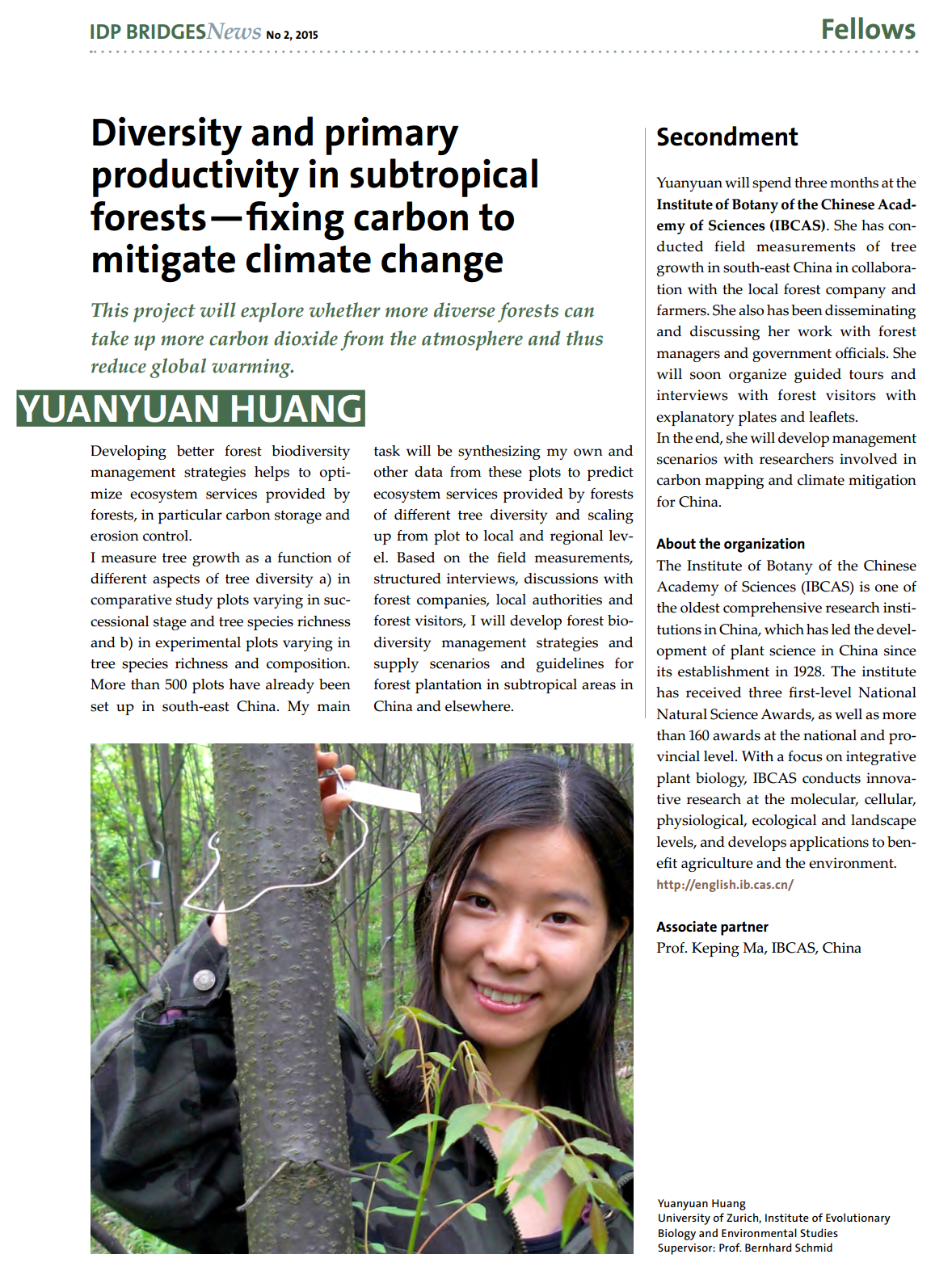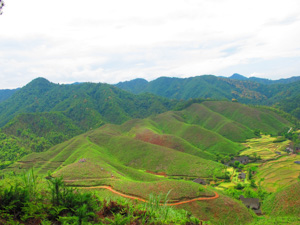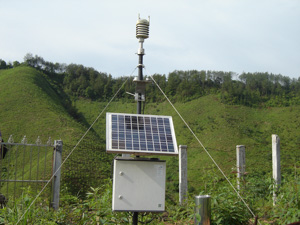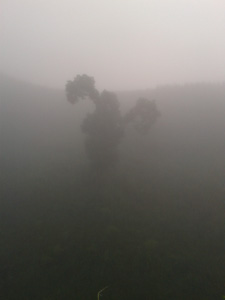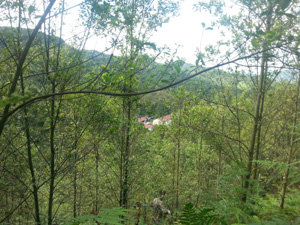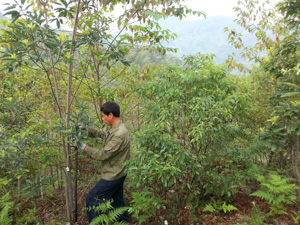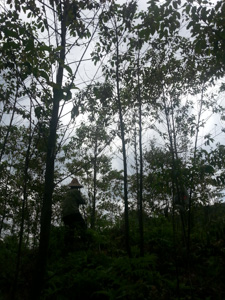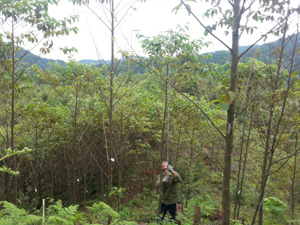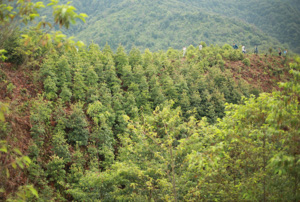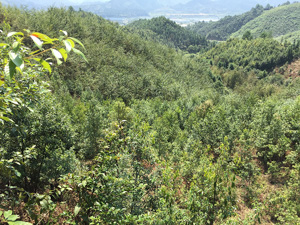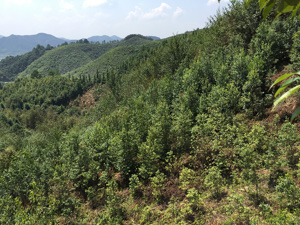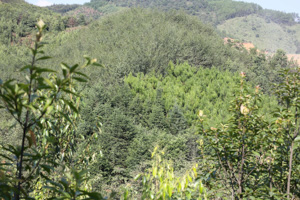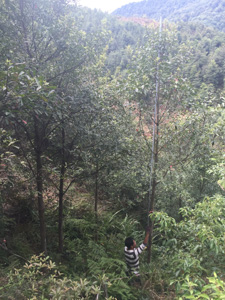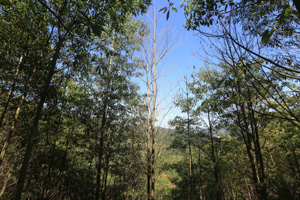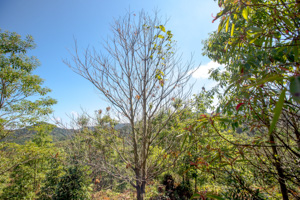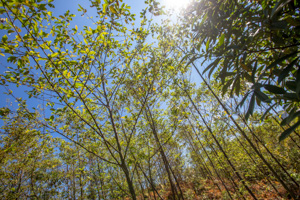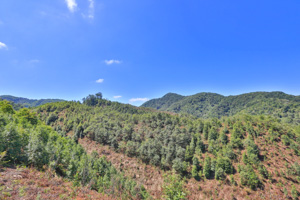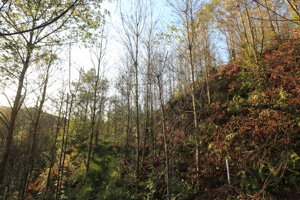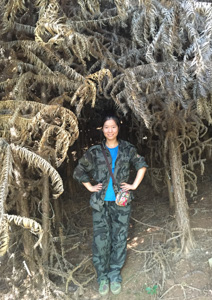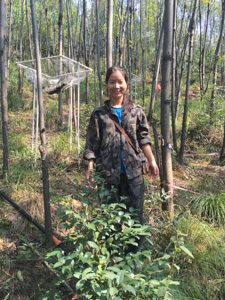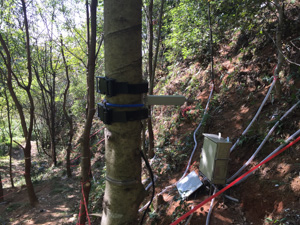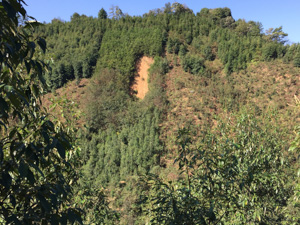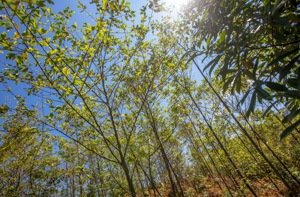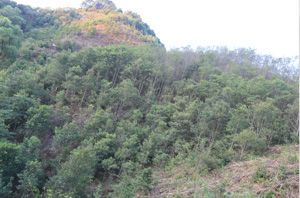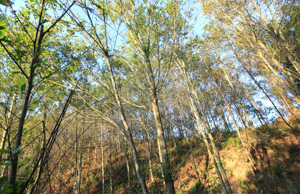About BEF-China
The role of tree and shrub diversity for production, erosion control, element cycling, and species conservation in Chinese subtropical forest ecosystems In 2009 and 2010, the joint Chinese-German-Swiss research project “BEF China” has established a large forest Biodiversity and Ecosystem Functioning (BEF) experiment in subtropical forests at Xingangshan (Jiangxi Province, China). In total, 566 plots were established at two sites, using different pools of a total of 42 native tree species and 10 shrub species with more than 300 000 planted saplings covering about 50 ha. In a parallel observational approach, 27 Comparative Study Plots (CSPs) were set up in existing forests in an adjacent National Nature Reserve (Gutianshan, Zhejiang Province). The objectives of the second phase will concentrate on measuring relevant ecosystem functions in the experimental plots, comprising primary productivity, carbon and nitrogen storage, nutrient cycling, and prevention of soil erosion, a so-far disregarded ecosystem service in other biodiversity projects but with prominent importance for this region. A focus will be interactions with other trophic levels and strata (herb layer, soil macrofauna, herbivores, decomposers, mycorrhiza, soil microorganisms). This requires the participation of a wide range of scientists, involving all principal investigators of the first stage of the Research Unit, supplemented by new groups focusing on zoology, wood decomposition and phosphorus cycling. As in the first phase, the project will be carried out in close collaboration between Chinese and European researchers with complementary knowledge and skills. In addition, the measurements in the CSPs will continue. The joint synthesis of the data gathered in both phases of BEF-China will help to resolve one of the most central issues in ecology and global change biology: how plant diversity may maintain vital services in forest ecosystems.
